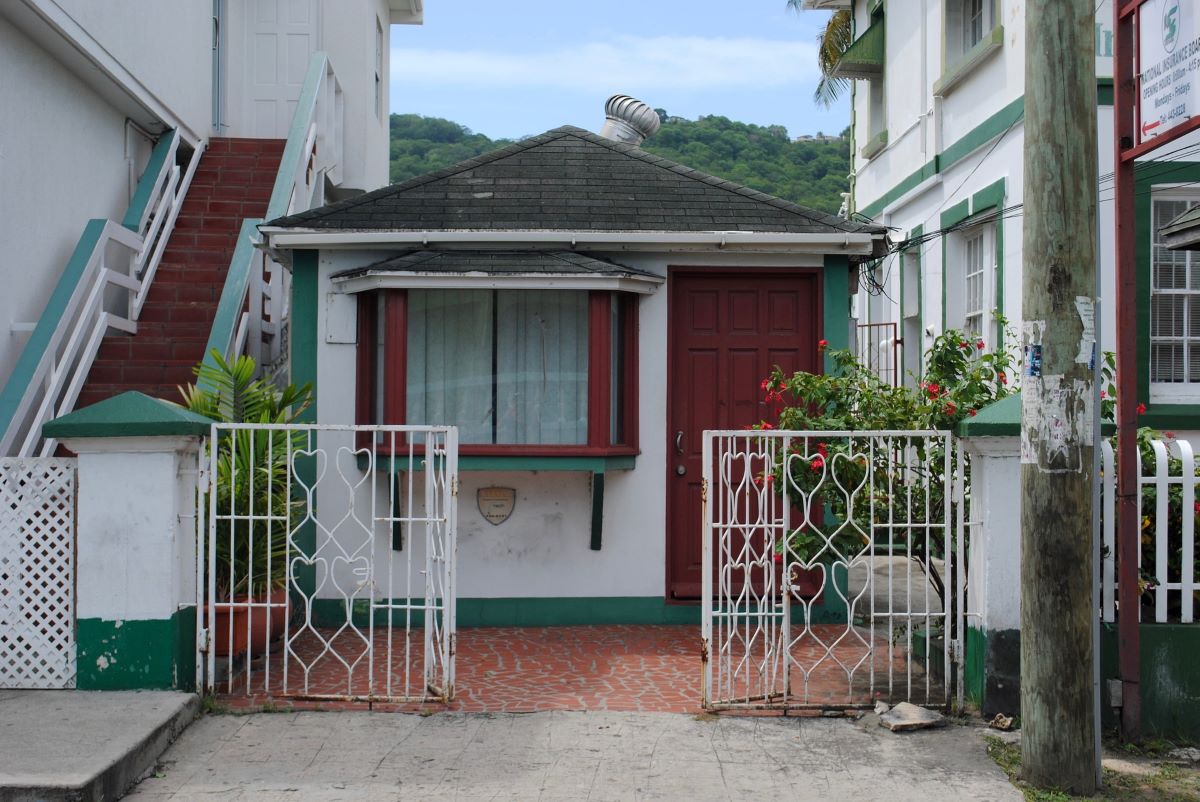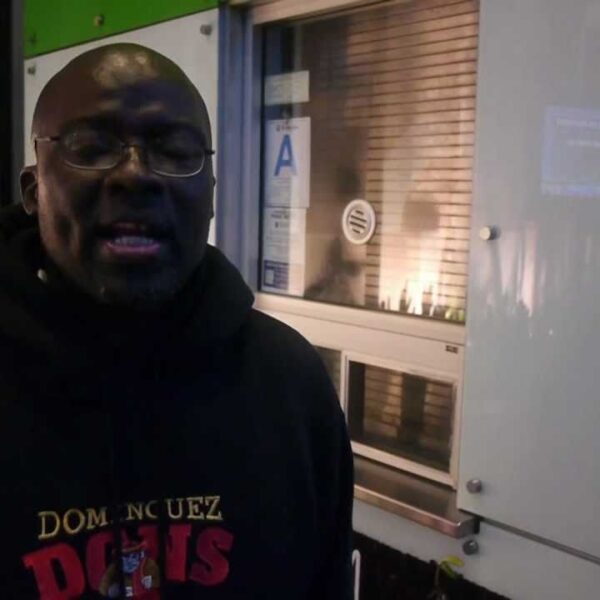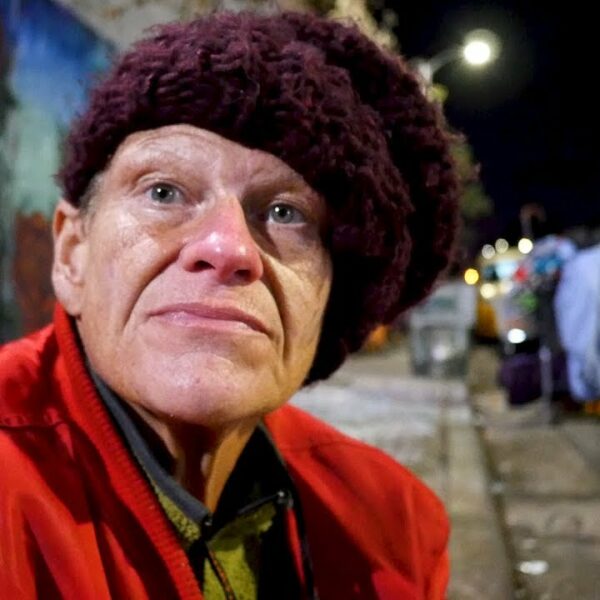Not everyone is turning a blind eye to homelessness, housing price increases, and extreme poverty. In fact, some people are taking the expression “Yes in My Backyard” quite literally- by putting houses for homeless people in their backyards. This initiative unfolds in the heart of the city most known for hosting the housing crisis, Los Angeles. If all goes well in LA, we could see a string of tiny houses sprouting up in backyards like home gardens across the West Coast.
This could serve as one solution for the growing affordable housing crisis. But the feel-good factor is the real highlight here. It shows there are some homeowners who are willing to help fight homelessness, if only they can get past the red tape.
Tiny Homes Vs. Homelessness: A Look at Accessory Dwelling Units
Accessory dwelling units, or ADUs, go by many names: granny flats, carriage houses, in-law suites, or tiny homes. Today, many California leaders are calling them the solution to a homeless crisis. So, what qualifies as an ADU? In order for a dwelling space to fit this description it must be:
- Smaller than an average home (most measure less than 1,000 sq. feet in size)
- Equipped to handle real-life situations (by having kitchens, bathrooms, electricity, etc.)
- Secondary to the primary home on a property
While not always the case, most ADUs are detached from the primary home and positioned on another piece of the land; most commonly the backyard. These structures feature unique interior and exterior components that could help to combat housing affordability. Some of the focal points of their design include:
- Lower cost construction
- Elimination of land cost
- Compact, flexible design
- Unobtrusive when compared to other homeless housing facilities like tent cities and shelters
In addition to being much more aesthetically appealing than other supportive housing units such as shelters, these small but mighty homes also extend a beacon of hope. They give homeless people a home as opposed to a bed. When you consider the fact that most shelter residents spend at least a year in supportive housing before moving out on their own, that’s saying a lot.
While tiny house villages have served as inspirational backdrops in cities all across the globe, putting units in homeowner’s backyards is quite the novel idea. It means that homeless people are no longer forced to exist in the enclaves of society. Instead, they are incorporated into the bigger picture, as part of the city and society at large.
Designing with the Heart and Not the Eye
What LA and other metropolitan leaders are learning is that in order to solve the homeless crisis, we must consider redesigning a more inclusive American landscape.
LA County officials said that homeowners presented with the idea of constructing backyard ADUs seemed to have warmed up to the thought of helping people get back on their feet again. As Milo Peinemann, CEO of American Family Housing explained, “It’s about integrating new housing into the existing community.”
When you look at the numbers, it’s clear to see that alternatives to traditional building have become necessary.
LA witnessed an overwhelming 42% spike in homelessness between 2010 and 2017, leaving at least 55,000 people stranded with no stable place to live. And while Mayor Eric Garcetti has expressed the intent to build at least 100,000 affordable housing structures by 2021, the CHP projects that LA County currently needs over 568,000 affordable homes in order to keep up with market trends.
In order to bridge the gap, United Dwelling suggests converting the more than 236,000 private car garages into places people can call home. The whole idea harkens back to the 1940s. To combat limited access to housing, LA architects toyed with the concept of furnishing the cityscape with humble little ADUs.
To make these dreams a reality, we’d have to take down some mental walls while building these physical structures. This would mean adopting a sharing is caring mentality, a “we” community mindset in this I-Generation. With ADU Part 1 solution already complete, and with LA Zoning legislation making more and more space for alternative building, the world awaits the unpredictable conclusion to this masterful plan.
Possible Pitfalls
As with everything, there are always two sides of a debate to be considered. ADU housing could supply supportive housing to people who need it most. But is it really a long-term solution? Building costs and zoning laws could pose unexpected barriers. Lax legislation could put vulnerable homeless people into unsafe dwelling spaces.
More importantly are the implications this setup holds for our future. We must be careful not to downsize too far. We could easily face a different kind of housing shortage – one where a very small space is considered a “home.”
One glimpse into the horrifying “coffin homes” of Hong Kong illustrates how tiny housing can be taken to an extreme. Some houses there are barely the size of a human being. Mother and daughter eat, sleep, and read in a room that is roughly the size of a closet.
To put things into perspective, here’s a beautiful 300 square foot tiny house. It’s constructed to be pleasing to the eye, fitted with craftily placed furniture and charming décor. But, in the end, it’s just 180 square feet larger than the “coffin house” in the previous description.
It’s important to examine where trends are taking us by expanding our worldview to include other regions and timelines. Coffin homes (also known as cage hotels) did exist in the United States. In 20th Century Chicago, somewhere between 40,000 and 60,000 poverty-stricken city dwellers “lived” in cubicles caged off by chicken wire. One of these cage hotels, The Wilson Men’s Hotel, still stands. It is slated to be converted into slightly bigger apartment units.
So, while tiny houses are currently charming, functional, art-like structures, we must fight to make sure they stay that way and that extremely small space living is never presented as a “solution”.
Consider Joining the Movement
If you’re a homeowner in a participating city, your government might even pay you to construct an ADU on your own property. There’s no better way to help homeless people than to offer them a place to live right in your own backyard.













